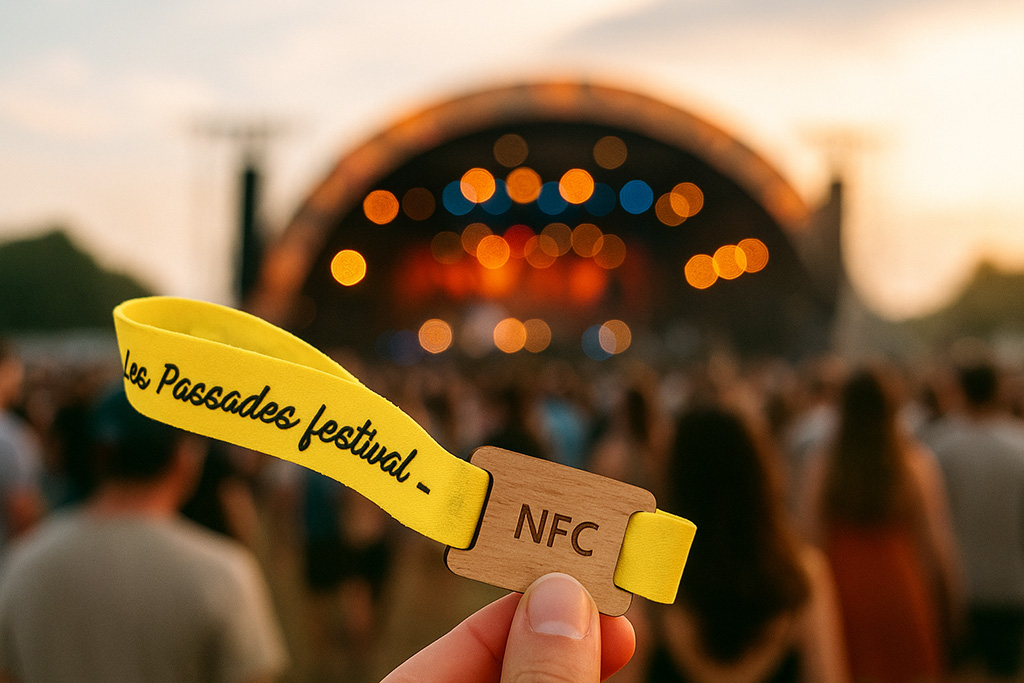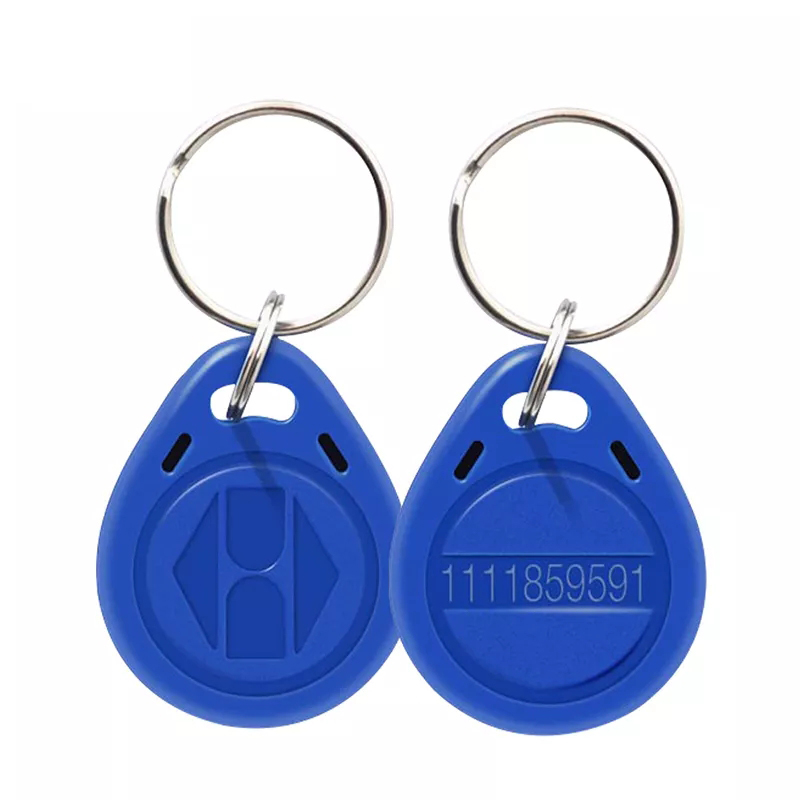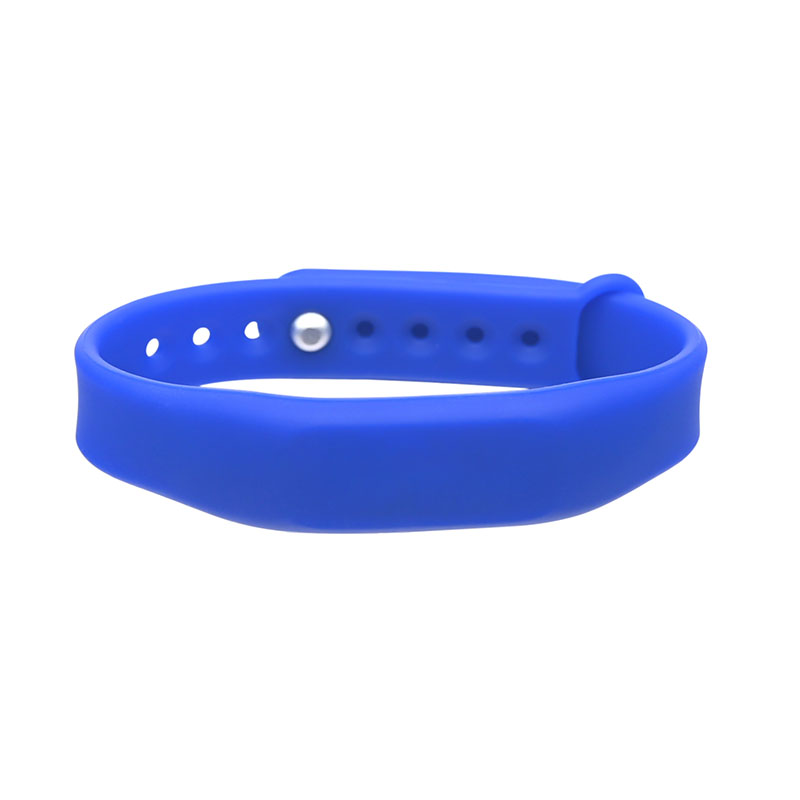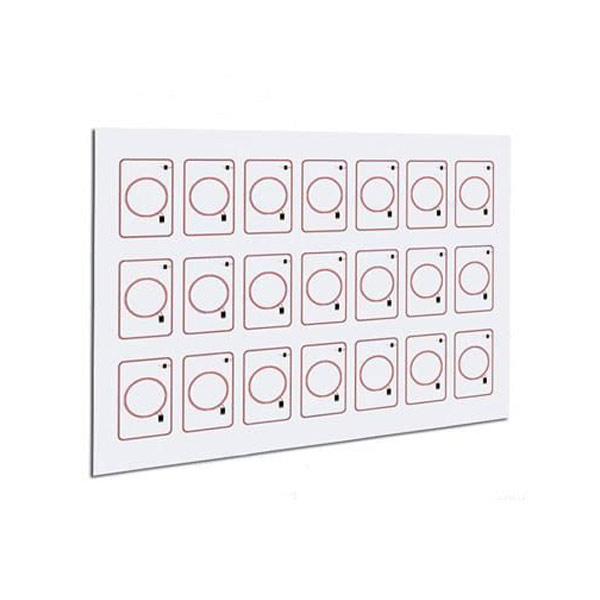
The modern event industry is experiencing rapid transformation. Organizers are under constant pressure to deliver not only safe and well-managed gatherings but also experiences that feel unique, memorable, and worth sharing. As audiences grow more discerning, every detail matters, from the stage design to the smallest accessory placed on a guest’s wrist. In this context, fabric festival wristbands have emerged as one of the most influential innovations of the last decade.
What used to be a simple entry pass has become a medium for branding, an instrument for security, and a souvenir that attendees proudly keep for years. More importantly, fabric wristbands have set a new trend in the way events define identity and connect with audiences. This article examines how fabric wristbands have transformed the landscape of live events, what makes them different from traditional solutions, and why they are likely to dominate the industry for years to come.
The Evolution of Event Wristbands
Before fabric wristbands became the standard, events relied heavily on disposable tickets or inexpensive wristbands made from Tyvek, vinyl, or plastic. While functional, these options had clear limitations. Tyvek bands could tear easily, vinyl bands became uncomfortable over long hours of wear, and plastic versions felt cheap and environmentally unfriendly. For organizers managing festivals that lasted multiple days or hosted tens of thousands of attendees, these shortcomings often created logistical headaches.
The shift towards fabric wristbands was driven by necessity. As festivals, sports tournaments, and brand activations grew in scale, organizers required a solution that could:
withstand weather conditions,
reduce counterfeiting risks,
offer branding opportunities beyond a simple barcode,
and enhance the guest experience.
fabric wristbands solved these issues by combining durability, comfort, and aesthetic appeal. Unlike their predecessors, they were not disposable commodities but wearable tokens that attendees valued and often preserved as keepsakes.
The popularity of fabric wristbands is not a passing trend. Their design and functionality directly address the evolving needs of both organizers and attendees.
1. Material Innovation and Comfort
fabric wristbands are typically woven from polyester or manufactured using sublimated fabrics that allow for full-color printing. Unlike vinyl or plastic, they sit comfortably against the skin, causing no irritation even after continuous wear over several days. This comfort factor is particularly significant at music festivals and multi-day events where attendees wear the wristbands 24/7.
2. Durability and Weather Resistance
A flimsy entry pass can undermine an event’s reputation. fabric wristbands are water-resistant, tear-proof, and designed to withstand physical activity. Whether participants are dancing in the rain at a festival or cheering at a stadium, the wristband remains intact and vibrant.
3. Aesthetic and Branding Potential
The woven or sublimated finish of fabric wristbands allows for highly detailed designs, gradients, logos, and text. This transforms the wristband from a basic identifier into a branding tool. In effect, every attendee becomes a walking ambassador for the event or sponsor.
4. Eco-Friendly Production Options
As sustainability becomes integral to event planning, many fabric wristbands are now produced using recycled PET bottles or organic cotton. This aligns with global efforts to reduce single-use plastics and appeals to environmentally conscious consumers.
The rise of fabric wristbands is tied not just to their practicality but also to their symbolic role in modern culture.
At music festivals such as Coachella, Tomorrowland, or Glastonbury, wristbands are no longer viewed as mere entry devices. They are badges of belonging, tokens that signify participation in a cultural moment. Many festivalgoers keep them as part of personal collections, often displaying them years after the event has ended.
In sports environments, fabric wristbands are equally significant. A wristband featuring a team’s logo and colors becomes an emblem of loyalty. Fans often wear them proudly as mementos of historic matches or championships.
Corporate events and brand activations have also embraced fabric wristbands as marketing tools. Unlike banners or leaflets that are discarded quickly, wristbands are worn throughout the event and beyond, extending brand visibility. Attendees frequently post photos of their wristbands on social media, creating organic exposure and user-generated content for brands.
This cultural dimension has given fabric wristbands an identity that extends far beyond logistics—they now represent community, identity, and shared experience.
Advantages for Event Organizers
From an organizational perspective, fabric wristbands solve multiple challenges simultaneously, which explains their widespread adoption.
1. Security and Access Control
Modern fabric wristbands can integrate RFID (Radio Frequency Identification) or NFC (Near Field Communication) technology. This enables secure entry scanning, prevents unauthorized duplication, and provides detailed tracking of attendee movements. Counterfeit wristbands, which were once a persistent problem, are nearly impossible to replicate when embedded with smart chips.
2. Operational Efficiency
Long entry queues can frustrate attendees and damage an event’s reputation. RFID-enabled fabric wristbands streamline check-ins with simple tap-and-go systems, significantly reducing waiting times. They also facilitate cashless transactions inside the venue, allowing guests to purchase food, drinks, and merchandise seamlessly.
3. Data Collection and Analytics
Smart wristbands generate valuable insights for organizers. By tracking entry times, purchase patterns, and movement flows, event managers can analyze attendee behavior, optimize layouts, and plan better future events.
4. Extended Brand Exposure
Unlike tickets that end up in the trash, fabric wristbands live on beyond the event. Guests wear them as souvenirs, sometimes for months. Each wristband becomes a micro billboard, extending exposure for sponsors and event brands long after the gates close.
Benefits for Attendees
While the logistical and security benefits are clear for organizers, fabric wristbands also deliver significant value to attendees.
Comfort: Attendees appreciate wristbands that do not irritate the skin, even in hot, humid, or active environments.
Convenience: With RFID integration, guests can enter venues, make purchases, and even access VIP zones without juggling tickets or cash.
Emotional Value: fabric wristbands often carry strong emotional associations, becoming tangible reminders of unforgettable experiences.
Status Symbol: Wearing a festival wristband months after the event has become a subtle status statement, signaling participation in exclusive cultural moments.
In other words, fabric wristbands transform an ordinary accessory into an integral part of the overall guest journey.
Sustainability and Environmental Impact
Sustainability has become a central theme in modern event planning, and fabric wristbands are well positioned within this movement. Events with tens of thousands of attendees cannot ignore their ecological footprint, and single-use plastic wristbands are increasingly viewed as outdated.
fabric wristbands made from recycled polyester or biodegradable materials offer a sustainable alternative without compromising on design quality or durability. By adopting eco-friendly wristbands, event organizers not only reduce waste but also align their brands with the values of environmentally conscious audiences. This alignment enhances brand reputation and provides additional storytelling opportunities for marketing campaigns.
Customization as a Branding Strategy
Perhaps the most powerful feature of fabric wristbands is their flexibility in design and customization. Organizers can tailor wristbands to reflect the theme, mood, and identity of each event. Options include:
Full-color sublimation printing for high-resolution visuals,
Woven patterns for intricate branding,
Adjustable closures for comfort and anti-tampering,
Embedded RFID/NFC chips for enhanced functionality.
This level of customization transforms wristbands into brand assets rather than generic utilities. A thoughtfully designed wristband can reinforce brand identity as effectively as stage backdrops or merchandise.
The Future of Fabric Wristbands in Events
Looking ahead, the potential of fabric wristbands extends beyond festivals and concerts. With the integration of smart technology, they are becoming multifunctional tools that enhance both logistics and attendee engagement.
Cashless Payments: NFC-enabled wristbands are replacing traditional wallets at festivals, reducing theft risks and streamlining purchases.
Smart Access Control: In conferences and exhibitions, wristbands can grant access to specific sessions or restricted areas.
Hybrid Event Integration: Post-pandemic, many events operate in hybrid formats. Wristbands can be linked to digital platforms, offering both physical access and virtual engagement.
Cross-Industry Adoption: Beyond entertainment, corporate offices, universities, and wellness programs are exploring wristbands as identity and access solutions.
As digital transformation accelerates across industries, fabric wristbands will continue to evolve into versatile tools that merge fashion, security, and technology.
Conclusion
Fabric festival wristbands are far more than an upgrade from Tyvek or plastic—they represent a paradigm shift in the way events are experienced, managed, and remembered. They combine durability with comfort, integrate seamlessly with security and cashless systems, and offer unmatched branding opportunities.
For attendees, they are symbols of belonging and tangible reminders of cultural experiences. For organizers, they provide operational efficiency, sustainability, and extended brand visibility. Together, these advantages explain why fabric wristbands have set a new standard in event management.
As the industry continues to innovate, the wristband will remain at the intersection of technology, culture, and sustainability. Event organizers looking to deliver memorable, secure, and future-ready experiences should consider fabric wristbands not as optional accessories but as essential components of modern event strategy.
Ready to elevate your next event? Our team specializes in designing and producing high-quality fabric wristbands tailored to your brand’s identity and logistical needs. Reach out today to discover how custom wristbands can transform your event into an unforgettable experience.





